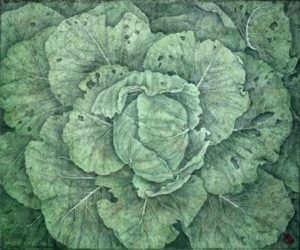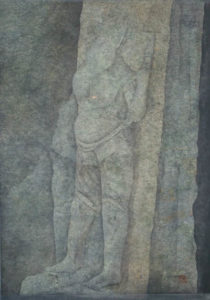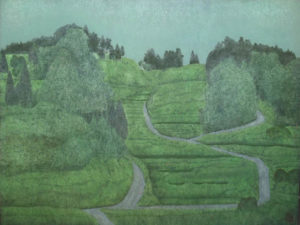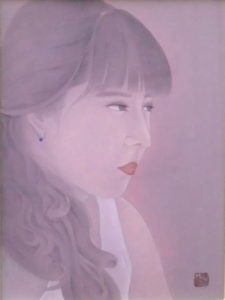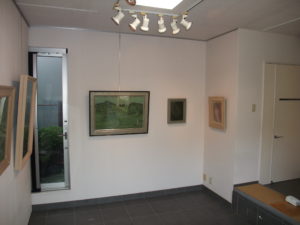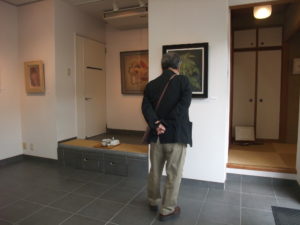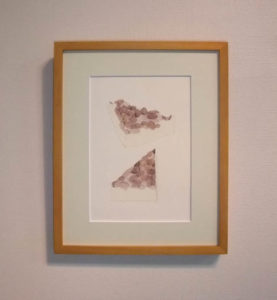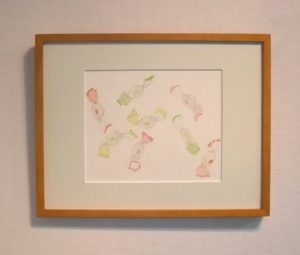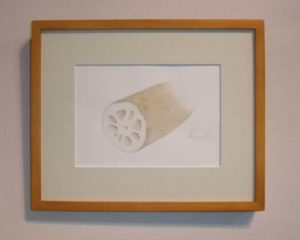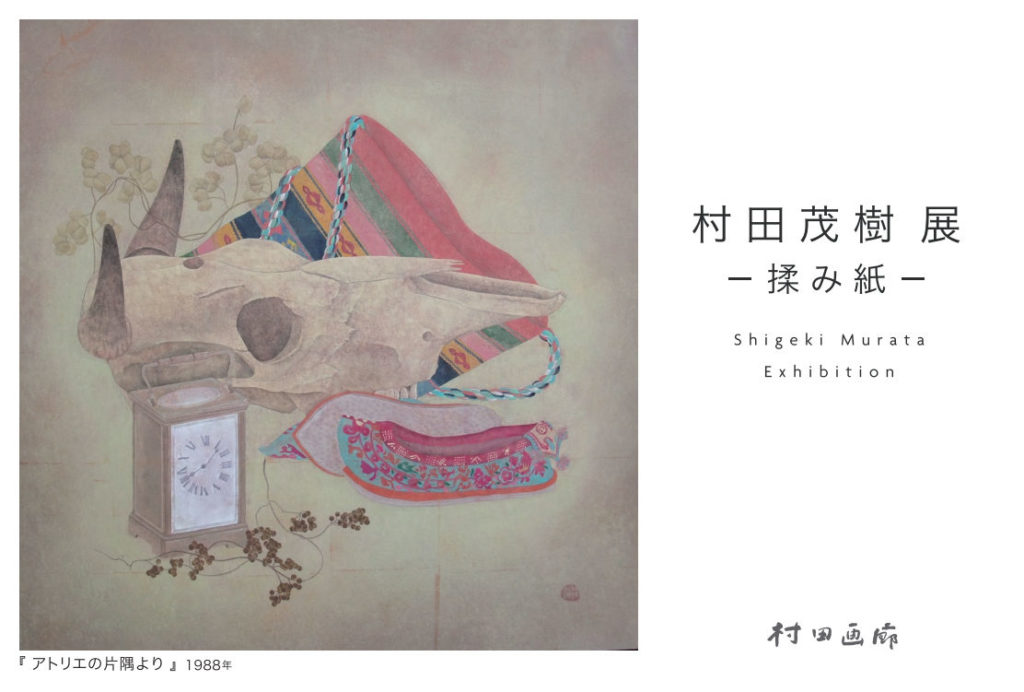
村田茂樹(1946~2018)
現在は写生をする作家も少なくなってしまいましたが、村田茂樹は写生こそ作画の基本であるとの考えを貫きました。
戦後、西洋の波が押し寄せ日本画も印象派の影響を色濃く受けました。そのため線は消え色を塗り重ねていく絵作りに変わっていきました。
そのまっただ中に育った村田茂樹は、やはり本来の日本画のあり方は線であると考え、世の中と逆行する線を重んじる作画を模索し続けました。
村田茂樹の絵作りはまず入念に写生をし、それを和紙に転写し墨で輪郭を描き着彩していきます。
そして、その上からバックのもとになる色を薄く塗り重ね(30~40回)、途中その和紙を揉んでシワでマチエールをつくります。
これまでが下工程です、これからもう一度仕上げる為に主題やバックを描いていきます。
二度手間ですが味わいや深みがでてきます。
今回は、40代から50代にかけての制作された、揉み紙という技法を用いた作品を展示いたします。題材は風景・人物・静物そして野菜など多岐にわたり、落ち着いた深い色合いと緻密な筆致で村田茂樹の世界感を作り出しています。
Although there are few artists who sketch nowadays, Shigeki Murata held the view that sketching is the basis of painting.
After World War II, the wave of Western influences swept over Japan, and Japanese painting was also strongly influenced by Impressionism. The lines disappeared, and painters began to use color over and over again.
Shigeki Murata, who grew up in the midst of this trend, believed that the original form of Japanese painting should be the line, and he continued to search for a style that emphasized the line, which went against the grain
Shigeki Murata first makes a careful sketch, transfers it onto Japanese paper, outlines it with sumi ink, and applies color to it.
He then applies a thin layer (30-40 times) of the color that will be the basis for the background, and rubs the washi during the process to create a matiere with wrinkles.
The subject and backing are then painted on again to finish the work.
It is a two-step process, but it brings out the flavor and depth of the work.
In this exhibition, we will be showing works made in the 40s and 50s using the rubbed paper technique. The subjects are diverse, including landscapes, figures, still lifes, and vegetables, and the deep, subdued colors and precise brushwork create a sense of Shigeki Murata's world.
